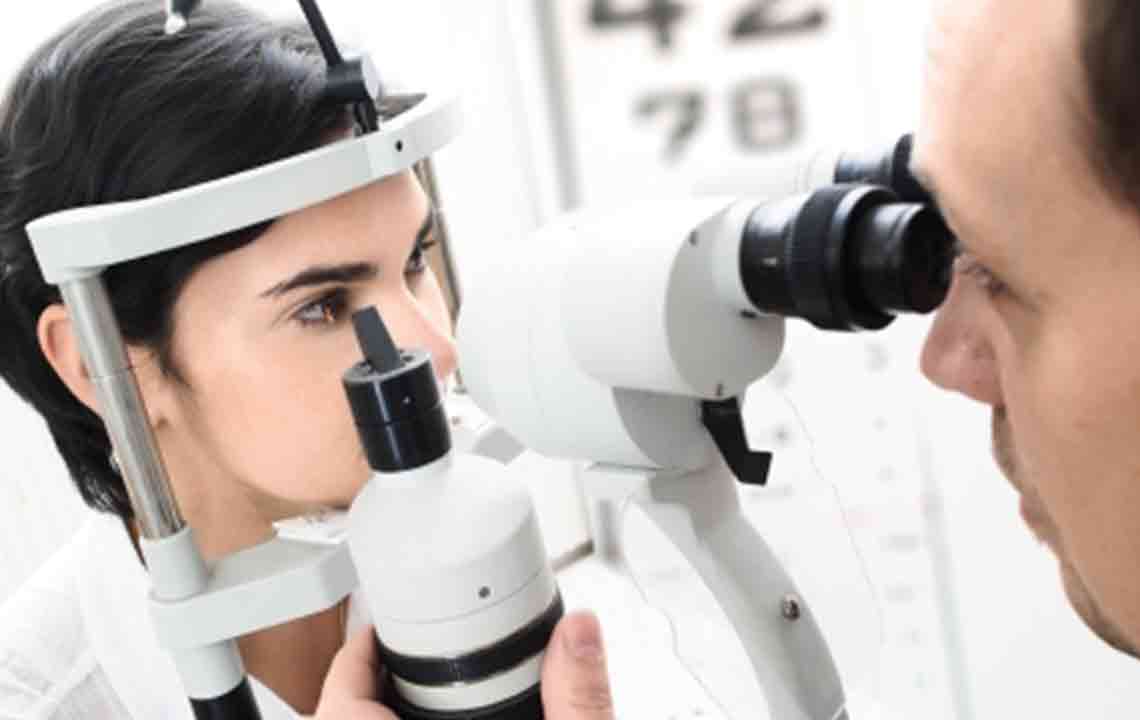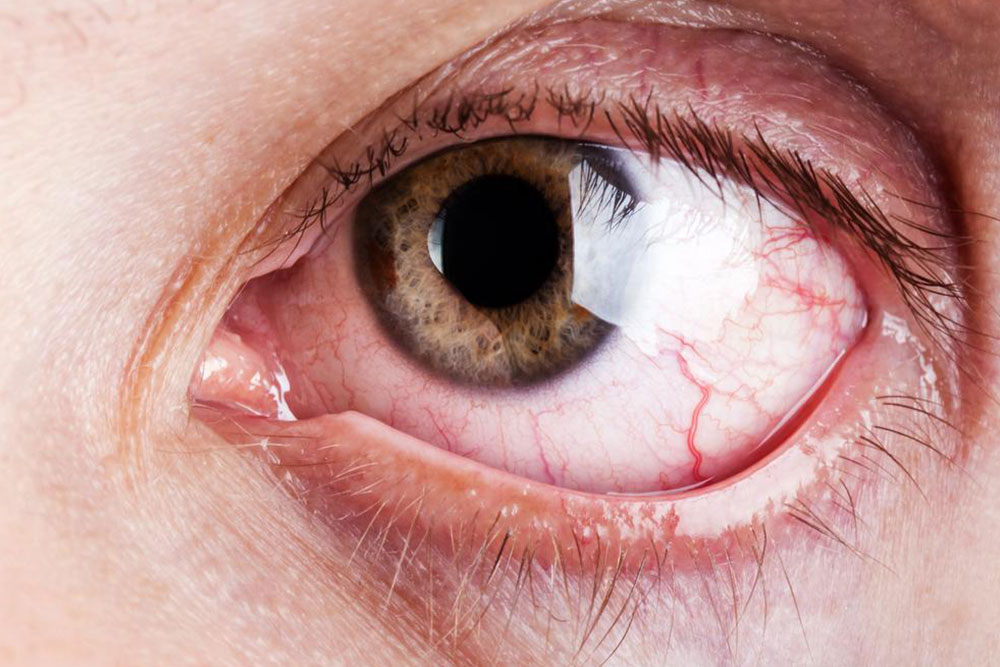Understanding Cataracts: Causes, Types, Symptoms, and Treatment Options
This article provides a comprehensive overview of cataracts, including causes, types, symptoms, and treatment options. It explains how cataracts develop, highlights common signs, and emphasizes the safety and effectiveness of surgical removal to restore vision. Essential for those seeking information on eye health and vision preservation, the article is designed to inform and guide readers toward timely medical intervention.

Cataracts: Causes, Variations, Symptoms, and Treatment Methods
A cataract is a common eye condition, especially associated with aging, leading to cloudy vision and impacting daily life. It is a leading cause of vision impairment in the United States. Here’s what you need to know about cataracts, their causes, common types, symptoms, and available treatments.
What is a cataract?
Our eyes contain a natural lens – the crystalline lens – located behind the iris and pupil, vital for clear vision. A cataract develops when this lens becomes cloudy or opaque, impairing sight.
Causes of cataract
Multiple factors can lead to cataracts, including:
Natural aging process
Underlying health issues
Genetic factors
Prolonged use of steroid medications
Smoking, excessive alcohol intake, obesity, hypertension, and exposure to ultraviolet rays
Types of cataracts
Cataracts are categorized based on their location and development in the lens, such as:
Nuclear cataracts: Affecting the central part of the lens (nucleus).
Cortical cataracts: Occurring at the edges of the lens with spoke-like patterns moving inward.
Posterior subcapsular cataracts: Forming at the back of the lens, often seen in diabetic patients.
Traumatic cataracts: Developing after eye injuries, appearing years later.
Congenital cataracts: Present at birth, caused by genetic issues or infections.
Symptoms of cataract
Common signs include difficulty seeing clearly, blurred or cloudy vision, trouble at night, increased sensitivity to light, halos around lights, and double vision.
Available treatments
Early-stage cataracts may be managed with prescription glasses or lenses to improve vision. When cataracts significantly impair daily functions, surgical removal becomes necessary. The procedure involves replacing the cloudy lens with an artificial intraocular lens. It is a safe, outpatient operation with a quick recovery and high success rate, effectively restoring clear vision.










